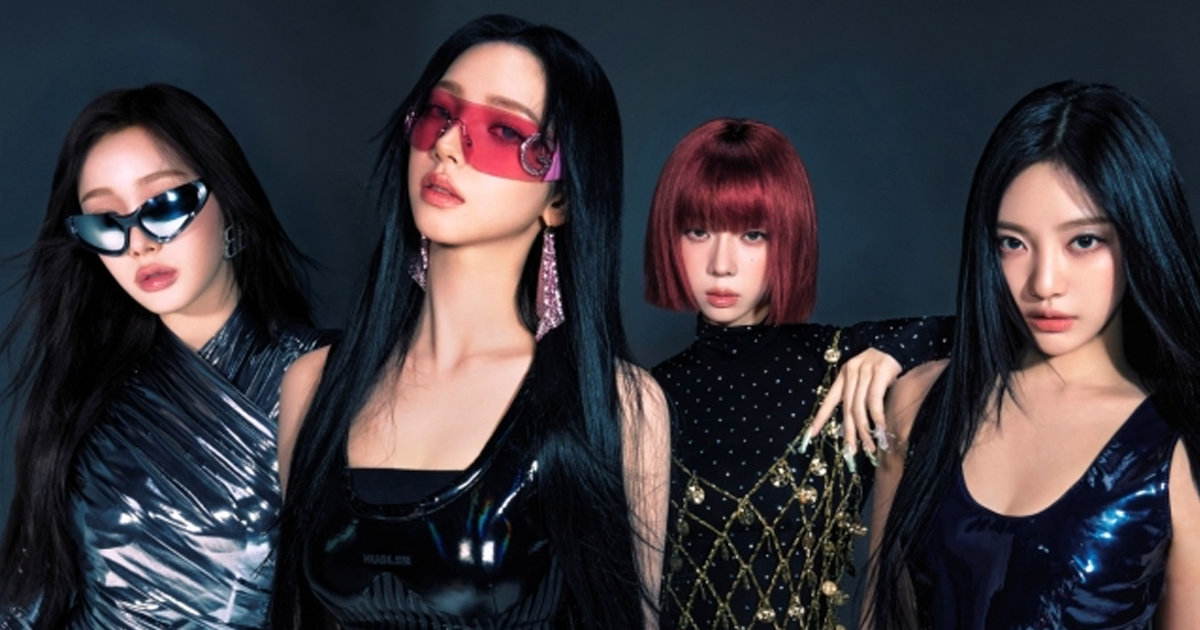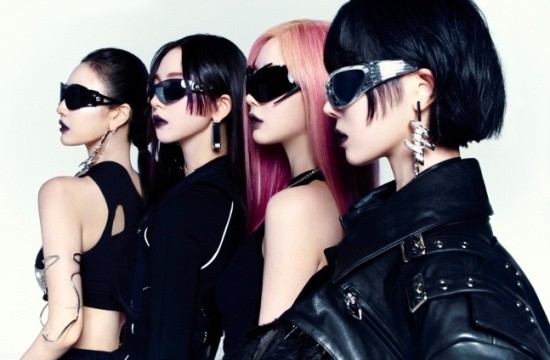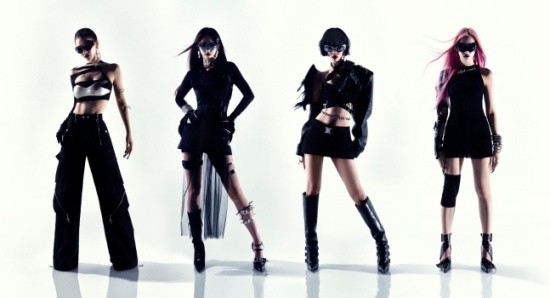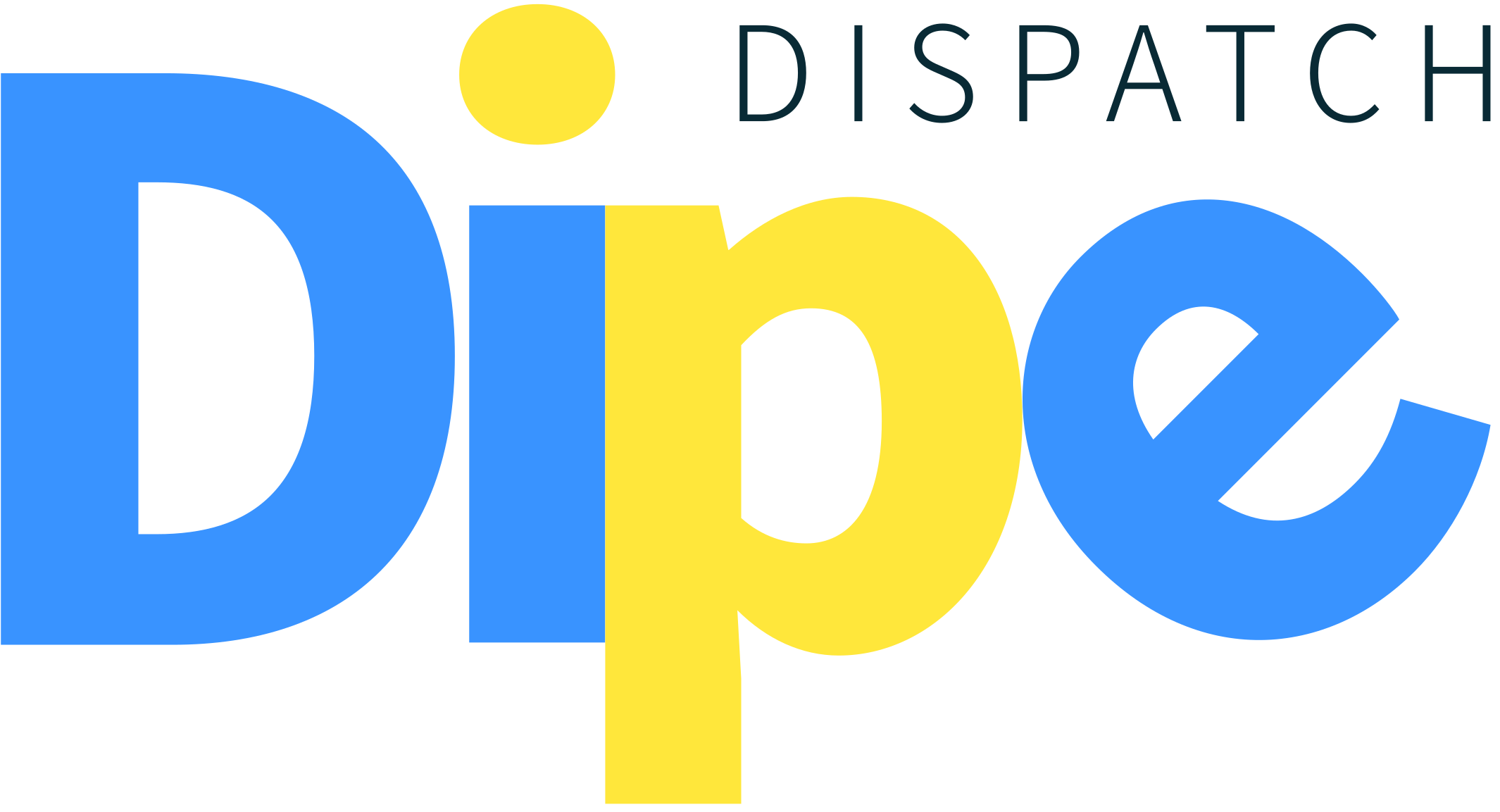
In the stark white center of a music video set, aespa members gather as a liquid metal logo emerges among them. From the superpowers of Supernova to the ominous world of Armageddon, ruled by superstition and fear, to the colossal robotic realm of Hot Mess, aespa has arrived at Whiplash—a world of mechanical civilization governed by the beauty of speed.
Under the direction of Melt Mirror, known for his work with Silica Gel that established a distinctive metallic aesthetic, aespa embodies humanoid goddesses—icy, angular, and futuristic, evoking the ideals that early 20th-century futurists revered. The members operate in sync with the vertical camera setups, dolly shots gliding horizontally on rails, and the strobe effects flashing in red, white, and black. The fragmented cuts show the members' stoic faces shifting between geometric movements and free-form gestures. This alternation makes them appear less human, resembling artificial beings animated by a bold, aloof, and aggressive algorithm of a new human species. They move relentlessly, faster, more intensely, and more vibrantly. When Karina "steps on the accelerator like she's riding a bomb," a shattered, breathtaking future rushes forward, overwhelming the senses.
At the heart of aespa's concept is the theme of the unknown. Since debuting as protagonists in the SM Culture Universe project, aespa has faced alter-egos existing in the virtual world, battled threats from beyond reality, and encountered unfamiliar worlds through connected personas. As the force of character-driven narratives and strong personas wanes, fear emerges as the core emotion born from this concept. The initial optimistic thrill of exploring a fantastical digital realm has dulled, with unsettling hints of tragedy becoming reality. aespa has evolved into beings that feel alien even to themselves. Rooted in the angst and rage of end-of-century SMP (SM Music Performance) aesthetics, aespa's current identity resonates with a modern sense of chaos—a fragmented digital age, rapid technological disruption, and the breakdown of order. This sense of an apocalyptic battleground encapsulates the mood of today, making Supernova and Armageddonstrong contenders for the best K-pop tracks of 2024.

Whiplash offers a more relaxed tone than Supernova or Armageddon, opting for a cool, static techno sound. It adheres to the essentials of the genre with repetitive measures, a restrained melody until the second verse, and a structure that defies the typical rise-and-fall song progression. Even the unique voices of aespa's members are flattened, underscoring the vocal direction's intentionality.
While Supernova and Armageddon maintain a dark, foreboding atmosphere, Whiplash's steady beat resembles the rhythmic hum of assembling machine parts. It still evokes the "metallic" quality often used to describe aespa's music, but it's a dual-sided track—calm and distinctly human. It mirrors the sensation of unity and humanity felt when dancing amidst others to endlessly looping techno music in a dark, fog-filled club.
Karina's description of the song as having a "digital flavor" rather than a "metallic one" is spot-on. Phrases that flash across the music video, like "Day 1 Know I Been Bad" and "They're Reasons You'll Never Understand," reinforce this narrative. Whiplash stands out as a K-pop track inspired by elements of 2024's bratty, party-girl aesthetic led by artists like Charli XCX and the hyper-pop and club culture trends. The metallic textures and machine-like mythos showcased in the music video align with the hyper-pop experimentation that Charli explored in the late 2010s. This has resonated deeply with Grimes, one of today's most radical futurist musicians, who recently released a remix of Whiplash under SM's dance label iScreaM, cementing her admiration for aespa.
The main flaw in aespa's journey lies in their inability to sustain their single's impact and thematic depth across a full album. In their debut album, Armageddon, tracks like Set The Tone and Mine failed to elevate beyond supporting roles, and the remaining songs suffered from the scattered "department-store" variety that often plagues K-pop albums. This inconsistency is especially noticeable for fans who experienced the peak cohesion and variety of Savage.
Whiplash also faces similar challenges. While the sharp sound samples and rap-focused Kill It stand out, it lacks a distinctive aespa identity and could fit into any SM group's album, even NCT's. Nevertheless, Whiplash manages to consolidate aespa's image and message within its title track, hinting at potential adaptability and laying the groundwork for future versatility in their music.

Flights, Not Feelings and Flowers continue the lineage of SM girl group R&B, following in the footsteps of S.E.S.'s Be Natural and Red Velvet's Automatic. Similarly, Just Another Girl by Cazzi Opeia, reminiscent of TikTok-fueled rock singer-songwriters, feels natural in this lineup. Through these songs and the solo releases, it's evident that SM is experimenting to find styles and tracks that best suit each aespa member. In particular, Pink Hoodie stands out, complementing Karina's ratchet genre solo track Up, which currently ranks high on streaming charts. Together, they depict an unfamiliar entity in the screen reaching beyond a mechanical veil into reality.
In the Whiplash music video, a fleeting caption reads, "Game Changer Bringing the New Era." The final scene, with Ningning, Winter, Giselle, and Karina aligned in a straight line, staring directly at the viewer, resembles a game character selection screen for navigating K-pop. aespa already received battle-ready personas—Rocket Puncher, Armamenter, Xenoglossy, and Hacker—in the SM Culture Universe era, where they showcased these skills in their Girls music video, fighting the antagonist Black Mamba in a game-like setting.
In 2024, aespa has entered a completely new game. Unlike their previous roles tied to a grand narrative, they now wield adaptive skills that allow them to transform and interact with both the game and reality actively. The liquid metal logo that appears at the start of the video represents this fluidity. aespa is quick, strategic, and unrelenting, possessing a certain audacity that positions them as front-runners embodying the spirit and values of K-pop.
Italian poet Filippo Marinetti, in his 1909 Manifesto of Futurism, claimed, "We affirm that the world's splendor has been enriched by a new beauty: the beauty of speed." Behind this captivating proclamation lay the seeds of societal destruction through violent, patriarchal, and militaristic ideals. aespa's mechanized era, however, is different. Whiplash is a futuristic anthem, celebrating the speed and new-era protagonists of K-pop.



